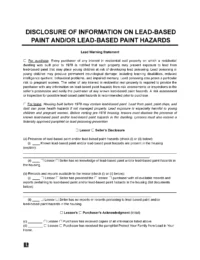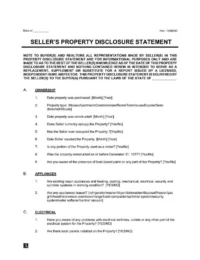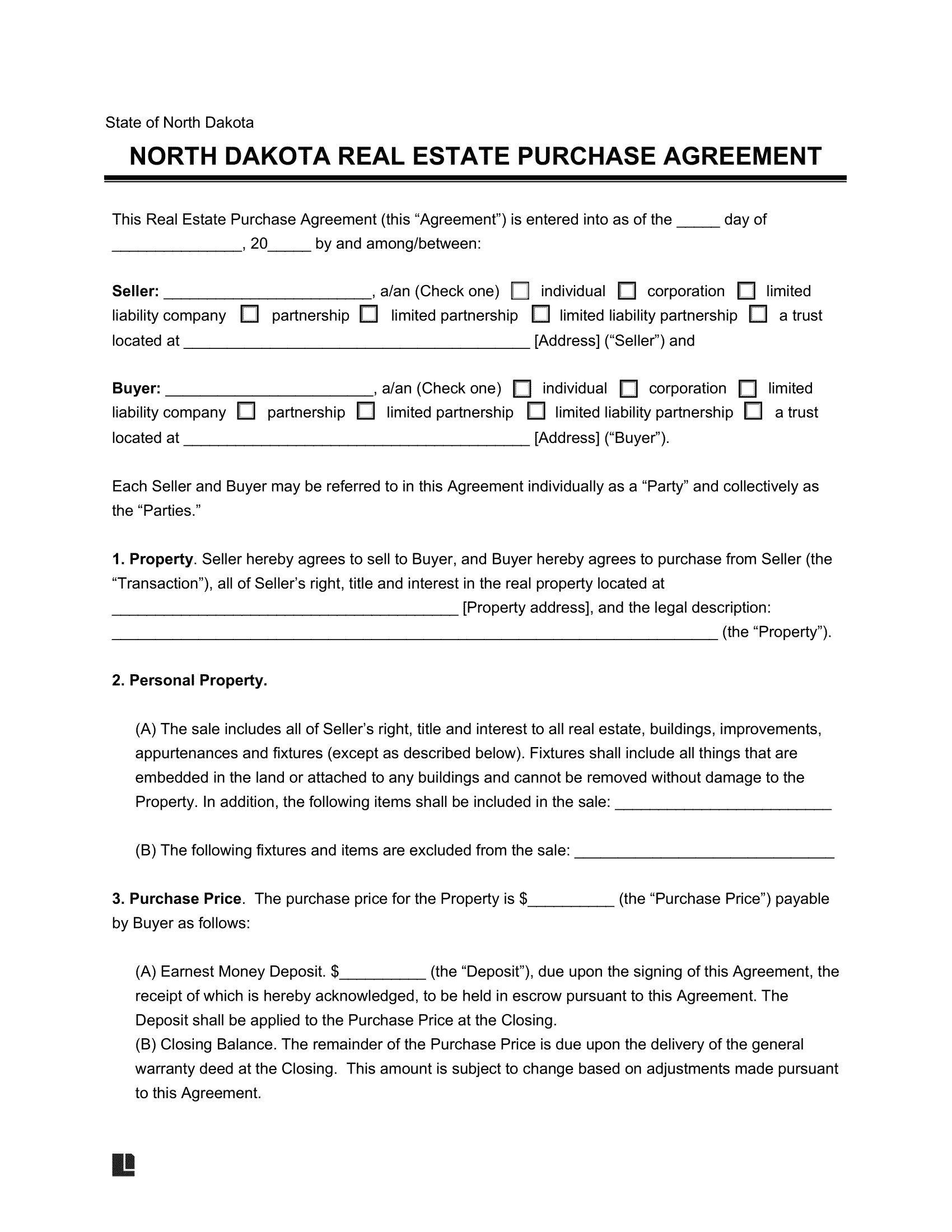A North Dakota residential purchase agreement is a legal document that outlines the terms and conditions of a real estate transaction between a buyer and a seller. It includes critical details such as the inspection period, due diligence, and closing date. The agreement becomes legally binding once both parties sign it.
This contract facilitates the negotiation process by allowing the buyer to present an offer to purchase the property, specifying the purchase price, inspection date, personal property included in the sale, and other relevant terms. It is customary for the agreement to include a contingency that the buyer must secure proper financing from an approved financial institution before the sale can proceed.
State Laws
- Buyer Beware: North Dakota is a Caveat Emptor state, meaning the buyer is responsible for thoroughly inspecting the property, shielding the seller from legal issues after the sale. However, the seller is required to reveal property defects. [1]
Required Seller Disclosures
Lead-Based Paint Disclosure
Sellers are required by federal law to inform buyers about any known lead paint hazards in homes built before 1978, as stated in (42 U.S. Code § 4852d).
Seller Property Disclosure Statement
Unless exempt under (§ 47-10-02.1(7)), a written disclosure of the property's condition, defects, structural systems, and environmental issues must be given to the buyer.
Exemptions include transfers between spouses, children, co-owners, or newly constructed properties with no previous owners.
Do Sellers in North Dakota Have to Disclose Property Defects?
Yes, North Dakota requires the seller to provide a disclosure statement to the buyer before any agreement is finalized. Typically, this disclosure should be completed and given to potential buyers when the property is listed for sale, well before any offers are made.



